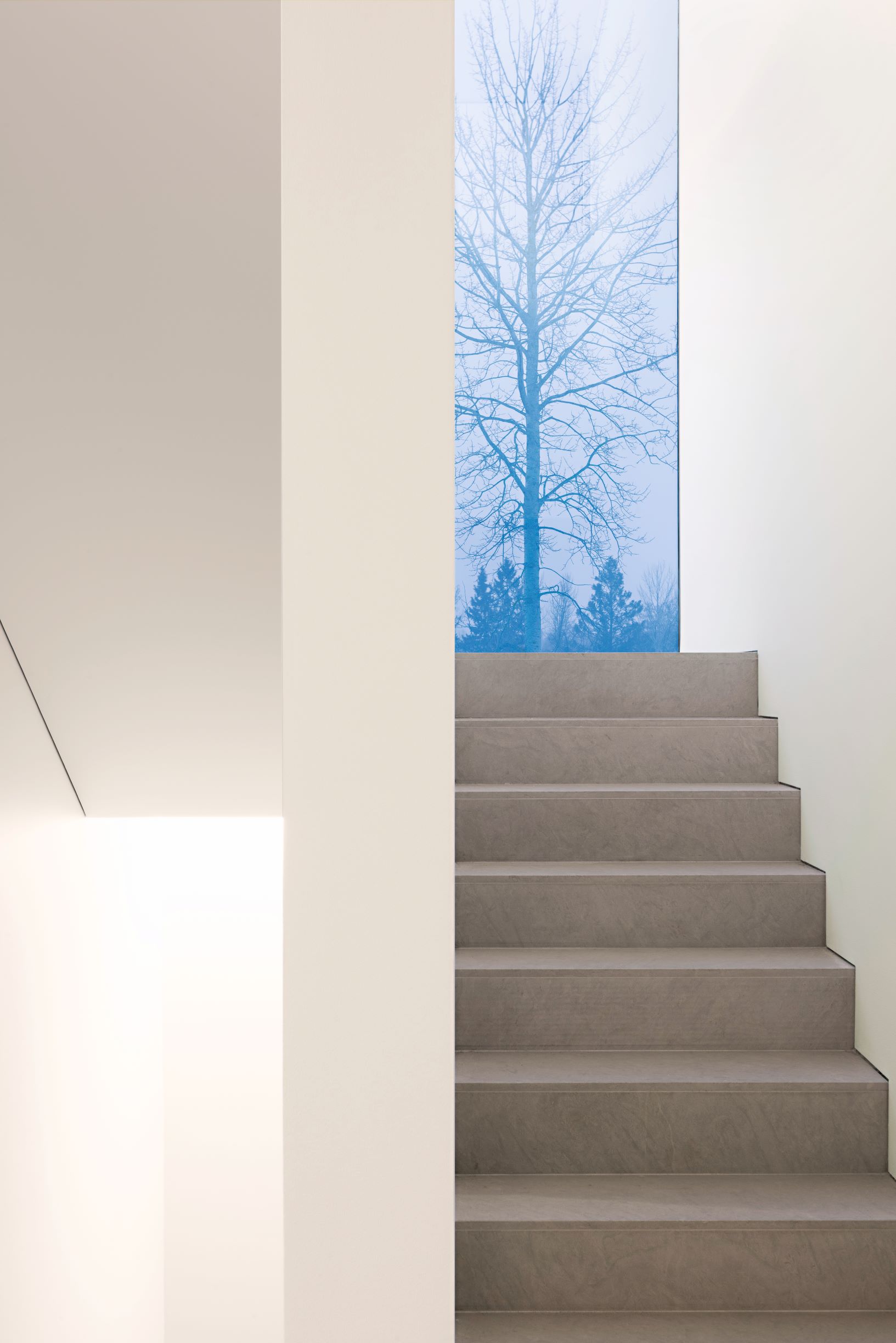
Pawson Projects: Palmgren House, Sweden
Look at how the famed British minimalist created a contemporary house in Stockholm’s lakeside suburbs
How would you describe John Pawson, the acclaimed British minimalist architect, to a Swedish speaker? There’s a fairly good term mentioned in his new book, John Pawson: Anatomy of Minimum, in the description of the Palmgren House, a lakeside retreat the architect created in Drevviken, southern Stockholm.
“The intention was always a piece of modest architecture,” writes Alison Morris, “respectful both of budget and of the uniquely Swedish notion of appropriateness expressed in the word lagom. Like the concept of Minimum, lagom speaks of the value of a perfectly judged sufficiency, of the territory that lies between too much and too little. It embodies an approach to life that may be expressed in everything, from the way a person eats to the way they design their house.”
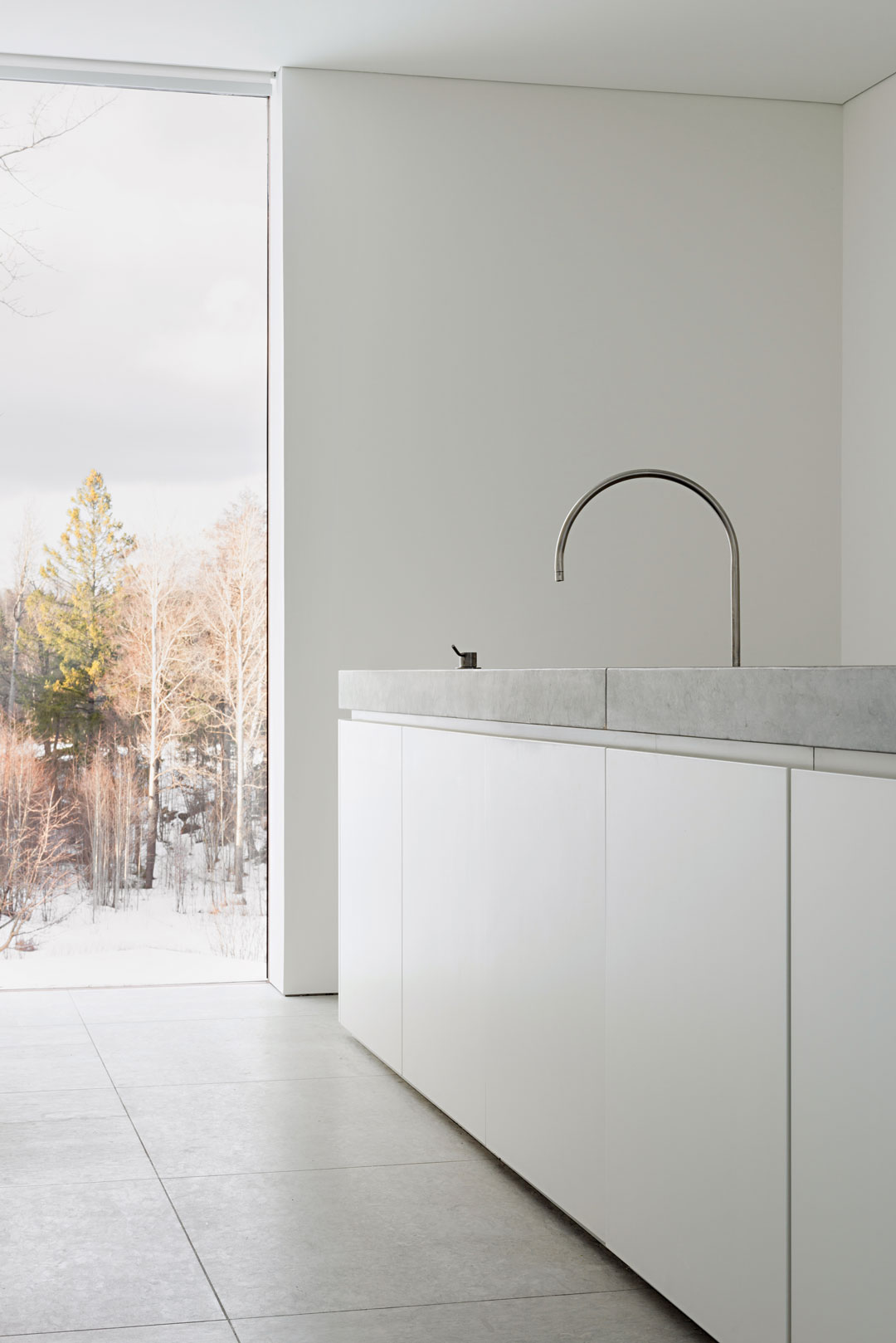
In Drevviken, that notion of lagom had been interpreted in a certain way architecturally, for decades. “Settlements are dominated by one-family houses, the majority of them built according to local vernacular tradition, as pitch-roofed, wooden structures, typically painted falun red and enriched with simple pierced-timber detailing.”
Pawson and his team began by drawing on these design cues. However, it soon became apparent that his client wanted something else entirely. “Familiar with Pawson’s body of work, the mental picture of the home the client wanted to create for his family was a refined composition of geometric white volumes in the Modernist tradition.”
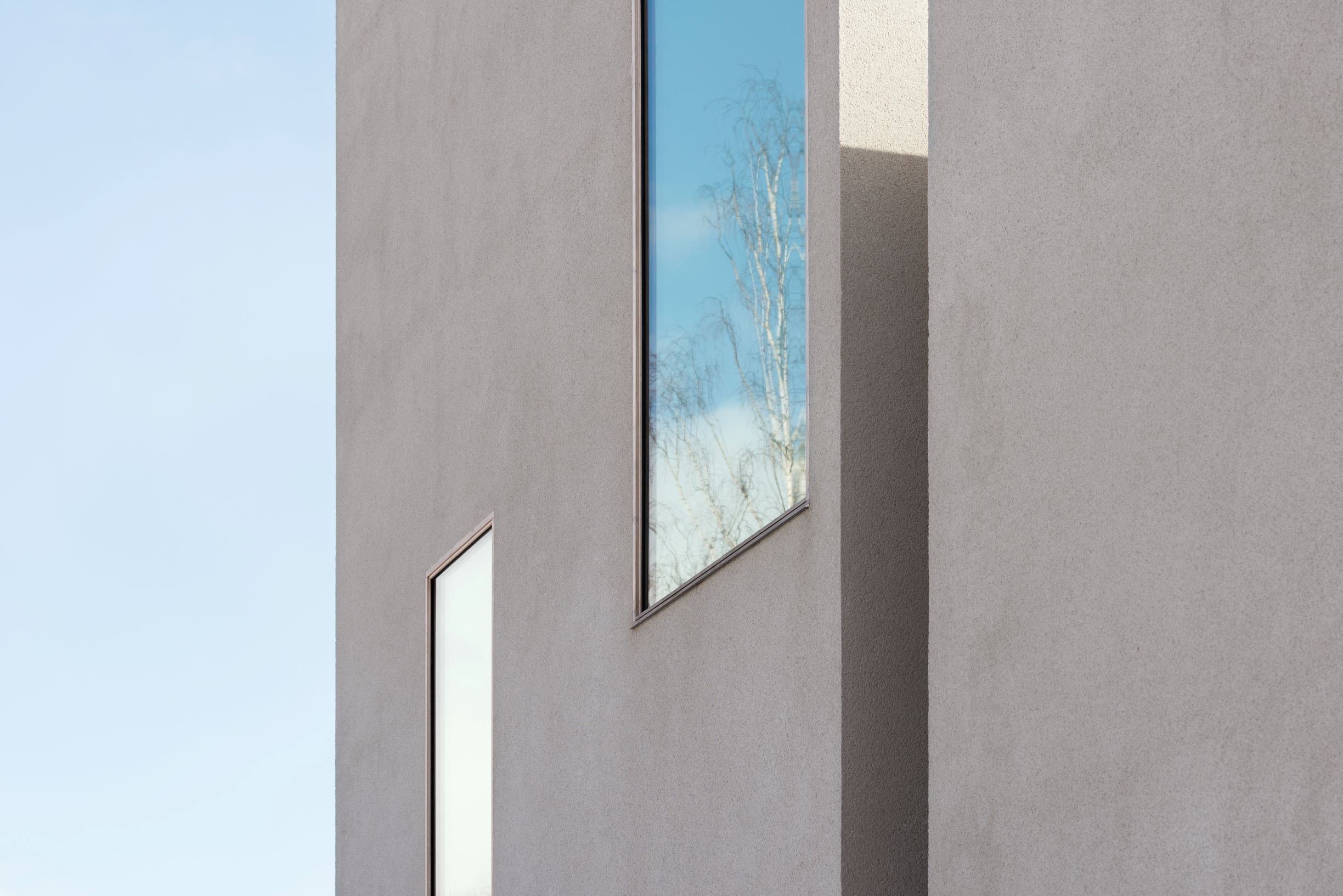
Pivoting, Pawson delivered a beautiful building that met this brief, while also responding to the immediate surroundings. “The finished architecture takes the form of a simple assemblage of boxes with an enclosed courtyard at the back and a terrace to the front,” writes Morris. “Uncompromisingly contemporary, the house is nonetheless a quiet presence in the landscape. In winter, when the neighbourhood is covered in snow, the pale geometric masses are all but invisible.
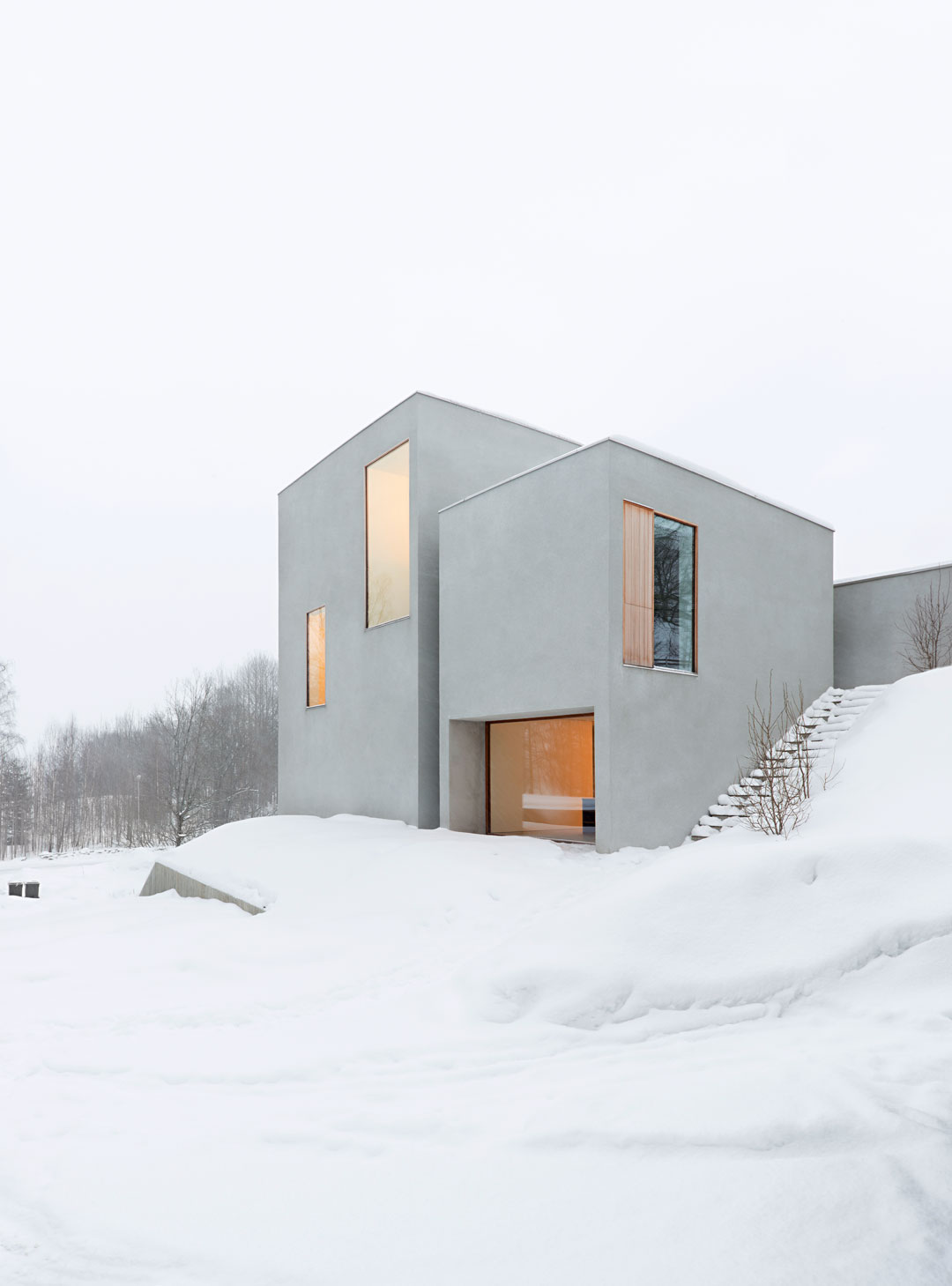
“In summer, viewed from across the water, the elevations are fragmented by foliage. From the street an attenuated line of stone steps ascends the contours of the site, rising past the rocky outcrop on which the house sits like a miniature medieval citadel. At the top of the slope the path winds up round the north and west elevations, before turning into a narrow alley between two volumes, the meticulous formalization of the process of entry setting the defining tone of quiet order.”
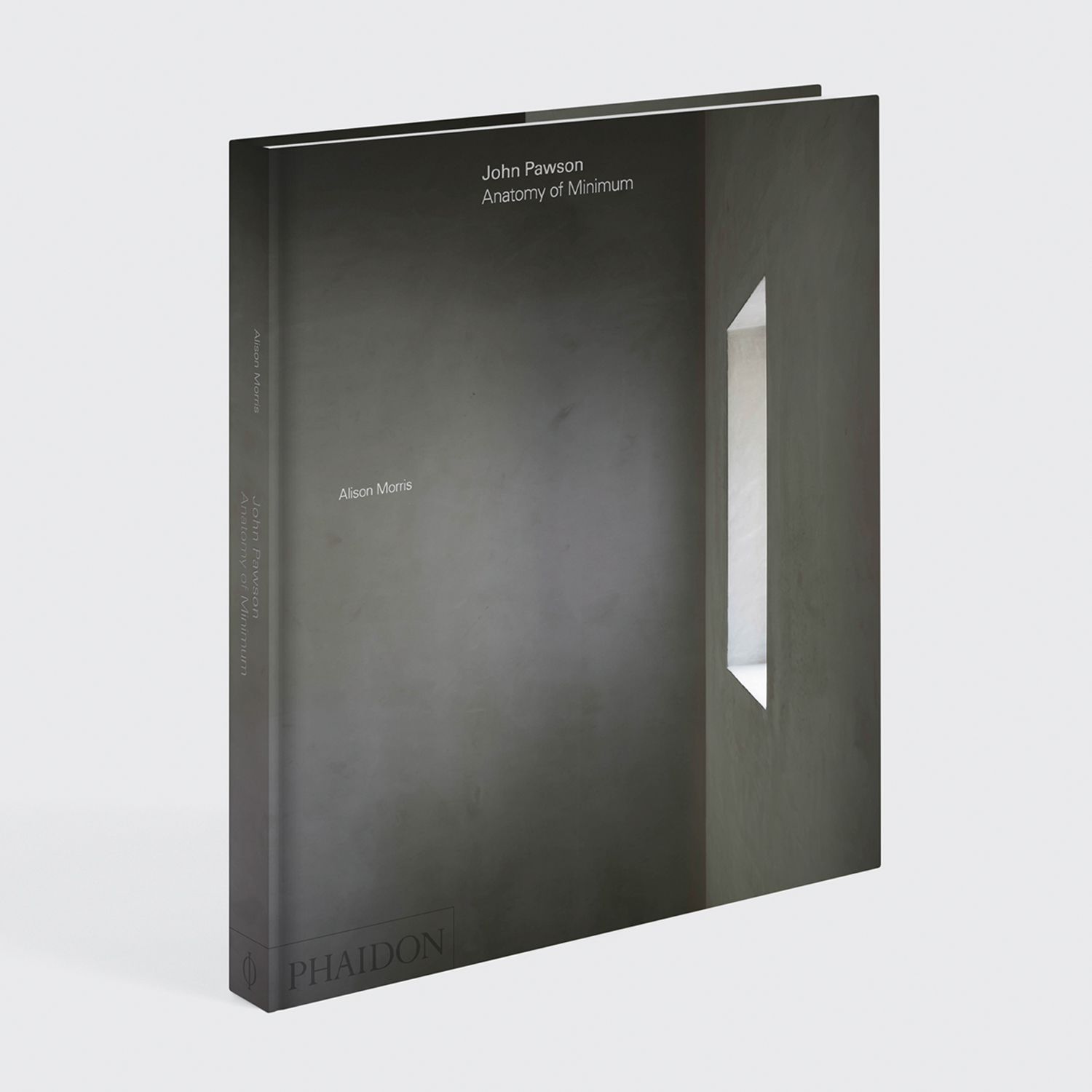
Now, that’s perfectly judged sufficiency, Pawson style. To see more of John Pawson’s projects get a copy of John Pawson: Anatomy of Minimum. The monograph, the latest in Phaidon's documentation of Pawson's stellar career, hones in on the essential details that mark his distinctive architectural and aesthetic style.
It groups a selection of his recent works into domestic projects, including his own house in rural England; extended sacred spaces; and repurposed structures, such as London's Design Museum. Throughout its pages, this book explores Pawson's unique approach to proportion and light and his precise language of windows, doors, and walls. You can buy John Pawson: Anatomy of Minimum here.